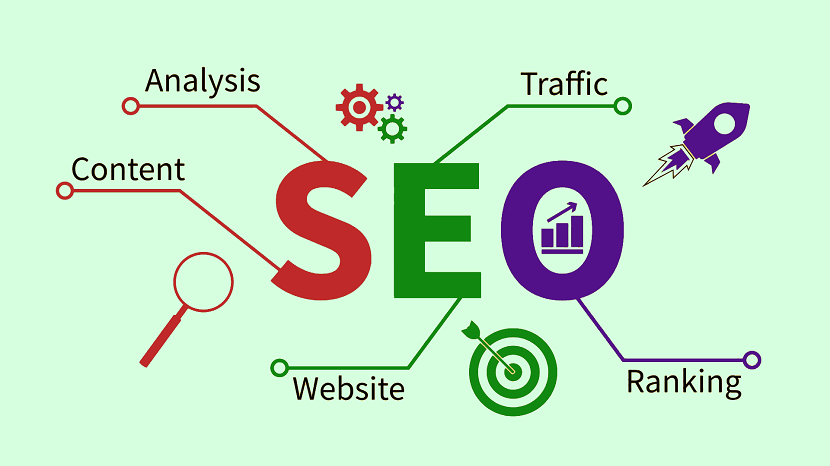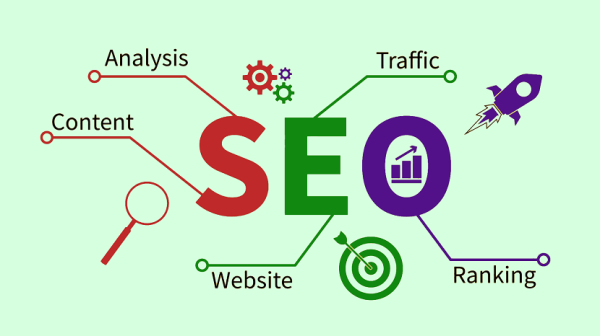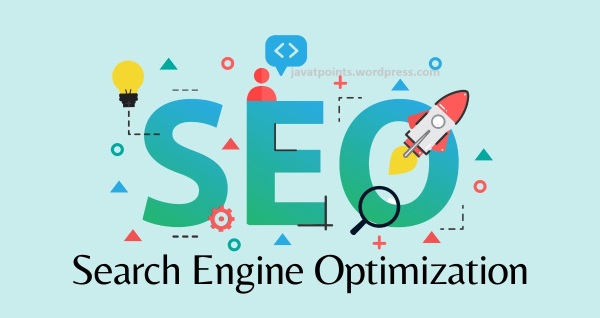A Comprehensive Guides to Search Engine Optimization (SEO):
In today’s digital age, where the internet serves as the primary source of information, businesses and individuals alike are constantly striving to make their online presence known.
Among the many strategies employed to enhance visibility and reach online, one stands out as a cornerstone of digital marketing: Search Engine Optimization (SEO). In this article, we will delve into the meaning of SEO, its significance, and SEO full form.
What is Search Engine Optimization?

Search Engine Optimization, commonly referred to as SEO, is the process of optimizing a website or online content to improve its visibility and ranking on search engine results pages (SERPs). In simpler terms, SEO involves making changes to your website and its content to make it more attractive and relevant to search engines like Google, Bing, and Yahoo.
By doing so, you increase the likelihood of your website appearing at the top of search results when users search for relevant keywords or phrases.
Meaning of SEO
The meaning of SEO can be understood by breaking down its components:
Search Engine: A search engine is a software system that enables users to search for information on the internet. Examples include Google, Bing, Yahoo, and others.
Optimization: Optimization refers to the process of making something as effective and efficient as possible. In the context of SEO, optimization involves improving various aspects of a website or online content to enhance its visibility and ranking on search engines.
Therefore, the meaning of SEO can be summarized as the practice of optimizing online content to improve its visibility and ranking on search engine results pages.
Full Form of SEO
SEO stands for Search Engine Optimization. It’s important to note that while SEO is commonly referred to as an acronym, it has evolved into a term on its own, representing a vital aspect of digital marketing and online visibility strategies.
Importance of SEO
The significance of SEO cannot be overstated in today’s highly competitive digital landscape. Here are some reasons why SEO is crucial:
- Increased Visibility: By optimizing your website for search engines, you improve its chances of appearing higher in search results, thereby increasing visibility to potential visitors.
- Enhanced User Experience: SEO involves improving various aspects of your website, such as site speed, mobile-friendliness, and content quality, which ultimately leads to a better user experience.
- Higher Website Traffic: Higher rankings in search results often translate to increased organic traffic to your website, as users are more likely to click on top-ranked results.
- Credibility and Trust: Websites that rank higher in search results are often perceived as more credible and trustworthy by users, leading to increased brand authority.
- Cost-Effectiveness: Compared to traditional advertising methods, SEO can be a cost-effective strategy for long-term online visibility and lead generation.
Conclusion
In conclusion, Search Engine Optimization (SEO) plays a pivotal role in improving the online visibility and reach of websites and online content. By understanding the meaning of SEO, its importance, and SEO full form, businesses and individuals can leverage its power to enhance their digital presence and achieve their marketing goals in the ever-evolving world of the internet.
Whether you’re a small business owner, a blogger, or a digital marketer, incorporating effective SEO practices can significantly impact your online success.


